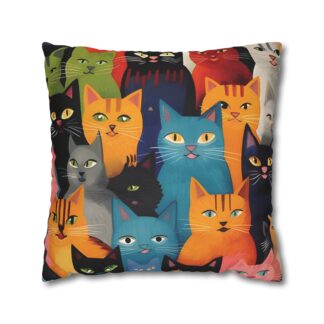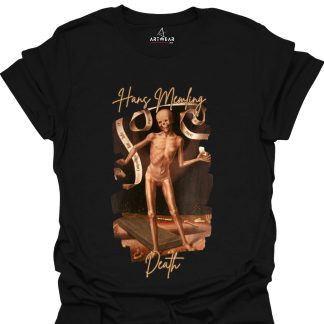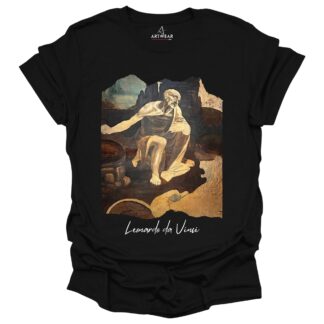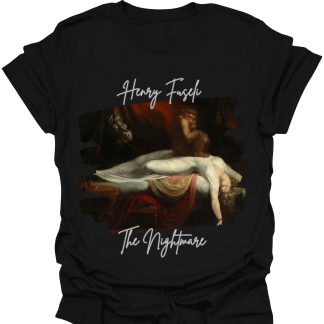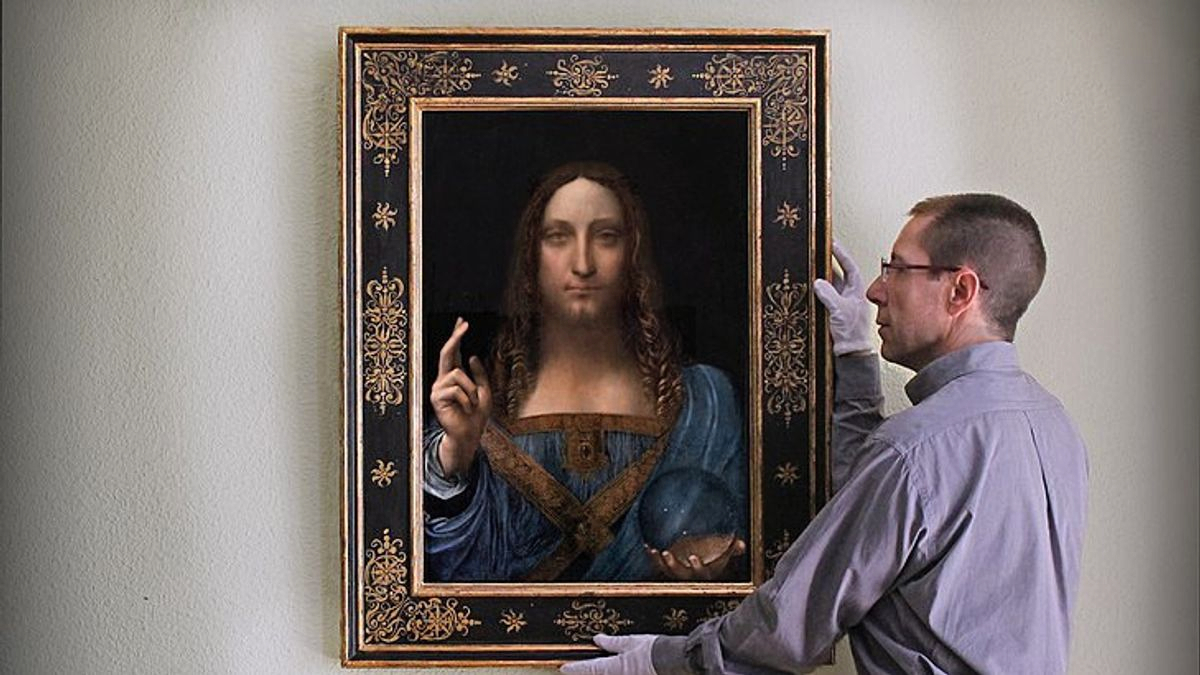
Salvator Mundi, or “Savior of the World,” is a painting by Leonardo da Vinci that has captivated the art world and the public alike with its profound mystery, historical significance, and dramatic rediscovery. Depicting Jesus Christ in a Renaissance composition, this artwork is an exemplar of Leonardo’s genius, blending technical prowess with deep spiritual resonance.
Historical Context and Provenance
The origins of Salvator Mundi trace back to the early 16th century, around 1500, when Leonardo da Vinci was at the height of his artistic and scientific achievements. It is believed to have been commissioned by Louis XII of France and his consort, Anne of Brittany. Over the centuries, the painting’s whereabouts were largely unknown, leading to its occasional misattribution to Leonardo’s followers or other contemporary artists.
Salvator Mundi resurfaced in 2005, heavily overpainted and barely recognizable as a da Vinci. After extensive restoration and rigorous scholarly research, it was attributed to Leonardo himself, a claim that has sparked both support and controversy in the art community.
The Composition and Iconography
The painting features Christ holding a crystal orb in his left hand, symbolizing his dominion over the world and the heavens, while his right hand is raised in a gesture of benediction. This serene and authoritative portrayal of Jesus reflects Leonardo’s mastery of sfumato, the technique of blending colors and tones to achieve a soft, gradual transition that creates an ethereal, lifelike quality.
Leonardo’s attention to anatomical precision is evident in the delicate rendering of Christ’s hand and the subtle play of light on his face. The crystal orb, rendered with meticulous detail, reflects Leonardo’s fascination with optics and the natural world. This combination of scientific inquiry and artistic expression is a hallmark of his work, encapsulating the Renaissance ideal of the polymath.
Controversy and Restoration
The painting’s journey from obscurity to acclaim is a tale of both triumph and debate. The extensive restoration process, led by conservator Dianne Dwyer Modestini, involved removing layers of overpaint and repairing damage, revealing the original composition beneath. While some experts have lauded the restoration for bringing Leonardo’s vision back to life, others have criticized it for potentially altering the original work’s integrity.
Furthermore, the attribution to Leonardo has been contested by some art historians who suggest that the piece may have been completed by his workshop or a talented follower. Despite these disputes, Salvator Mundi’s re-emergence has undeniably reignited interest in Leonardo’s oeuvre and the practices of art restoration and authentication.
The Record-Breaking Sale
In November 2017, Salvator Mundi made headlines when it was sold at Christie’s auction house in New York for a staggering $450.3 million, making it the most expensive painting ever sold at auction. The buyer was later revealed to be the Crown Prince of Saudi Arabia, Mohammed bin Salman, who acquired it on behalf of the Saudi Arabian government. This sale underscored the enduring allure and financial value of Leonardo’s work, while also sparking discussions about the commercialization of cultural heritage.
Cultural and Artistic Legacy
Salvator Mundi’s rediscovery and subsequent public attention have cemented its status as a significant cultural artifact. It has been exhibited in major institutions, including the National Gallery in London, where it drew large crowds eager to witness what has been called the “male Mona Lisa.”
The painting continues to inspire fascination and scholarly inquiry, prompting discussions about Leonardo’s techniques, the art market’s dynamics, and the broader implications of historical preservation. Salvator Mundi stands as a testament to the enduring legacy of Leonardo da Vinci, reflecting his unparalleled skill, his deep intellectual curiosity, and his ability to transcend the boundaries of time through art.
In conclusion, Salvator Mundi is not just a painting; it is a narrative of rediscovery, debate, and admiration that highlights the complexities and wonders of the art world. Leonardo da Vinci’s masterpiece remains an emblem of artistic brilliance and a beacon for future generations to explore the rich tapestry of human creativity and history.


